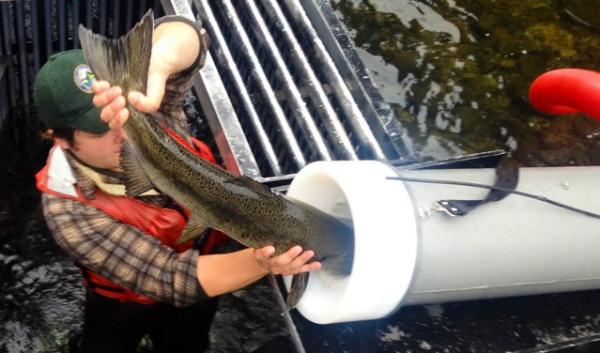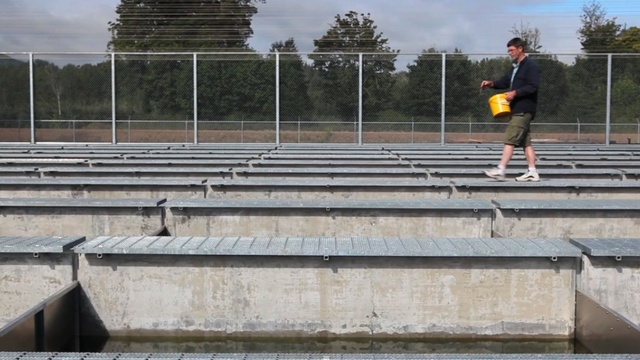By: Northwest Indian Fisheries Commission
Effects of climate change and the ongoing loss of salmon habitat came home to roost at this year’s tribal and state salmon fishing season setting process. The result was some of the most restrictive salmon fisheries ever seen in some areas.
A record low snowpack, low stream flows and increasing water temperatures, combined with the results of ongoing habitat loss and declining marine survival, forced the co-managers to sharply cut harvest this year to protect both hatchery and naturally spawning chinook stocks.
The co-managers set seasons based on the need to conserve the weakest salmon stocks. The goal is to protect the weakest stocks while also providing limited harvest on healthy stocks which are mostly hatchery fish.
Last year’s salmon runs throughout Puget Sound returned far below expectations. Those fish that returned faced low stream flows that led to water temperatures soaring to 75 degrees or more in some places. Water temperatures 70 degrees or higher can be lethal to salmon. Last year many adult salmon – both hatchery and wild – died before they could spawn or reach a hatchery.
This year’s returns of hatchery and wild salmon are expected to be about 30 percent lower across the board than last year’s poor returns. Lake Washington chinook provide a good example of why this year’s fishing seasons needed to be more restrictive.
Hatchery and wild salmon returning to Lake Washington must pass through the most urbanized parts of western Washington where they are confronted by polluted stormwater runoff, barriers and low stream flows. When combined with the effects of elevated stream temperatures, the results can be deadly for salmon.
The Muckleshoot Tribe, which tracks salmon migration into the lake through the Ballard Locks, quickly realized the extent of last year’s low returns and took action to protect the remaining fish. The tribe sharply reduced or eliminated planned harvests, including culturally important ceremonial and subsistence fisheries. But by then most of the damage had already been done. Despite tribal sacrifices, Lake Washington wild chinook populations were further diminished and hatchery egg-take goals were unmet.
Given last year’s poor returns and the increased effects of climate change and habitat loss, the tribes were stunned when the Washington Department of Fish and Wildlife – apparently at the prodding of sport fishermen – proposed even higher chinook sport harvest this year. Their proposal included a mid-Puget Sound fishery targeting chinook in an area where the weak Lake Washington run congregates. But the tribes rejected the proposed harvest increases and the fisheries were withdrawn, leading to howls of protest from some anglers.
The package of fisheries developed by the co-managers for 2015 reflects the reality of lower abundance and reduced fishing opportunity for everyone. Good salmon management requires us to balance the needs of the resource against the desire by some to catch more fish every year. That is why we must have strong leadership to make the tough decisions needed to protect the resource.
The treaty tribes believe that salmon must be managed in the best interest of those who will follow seven generations from now. We will not allow tomorrow’s salmon to be sacrificed for today’s harvest.




